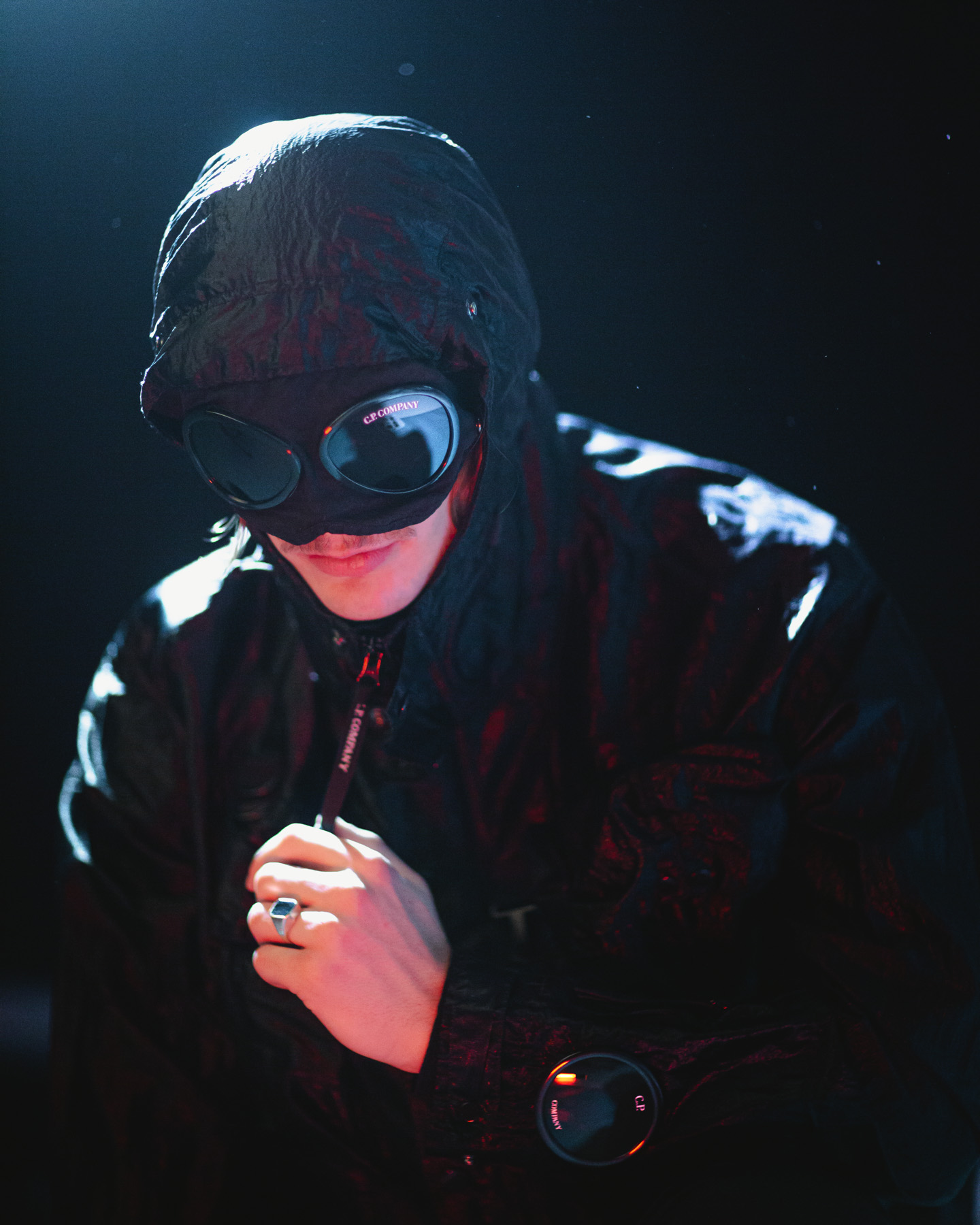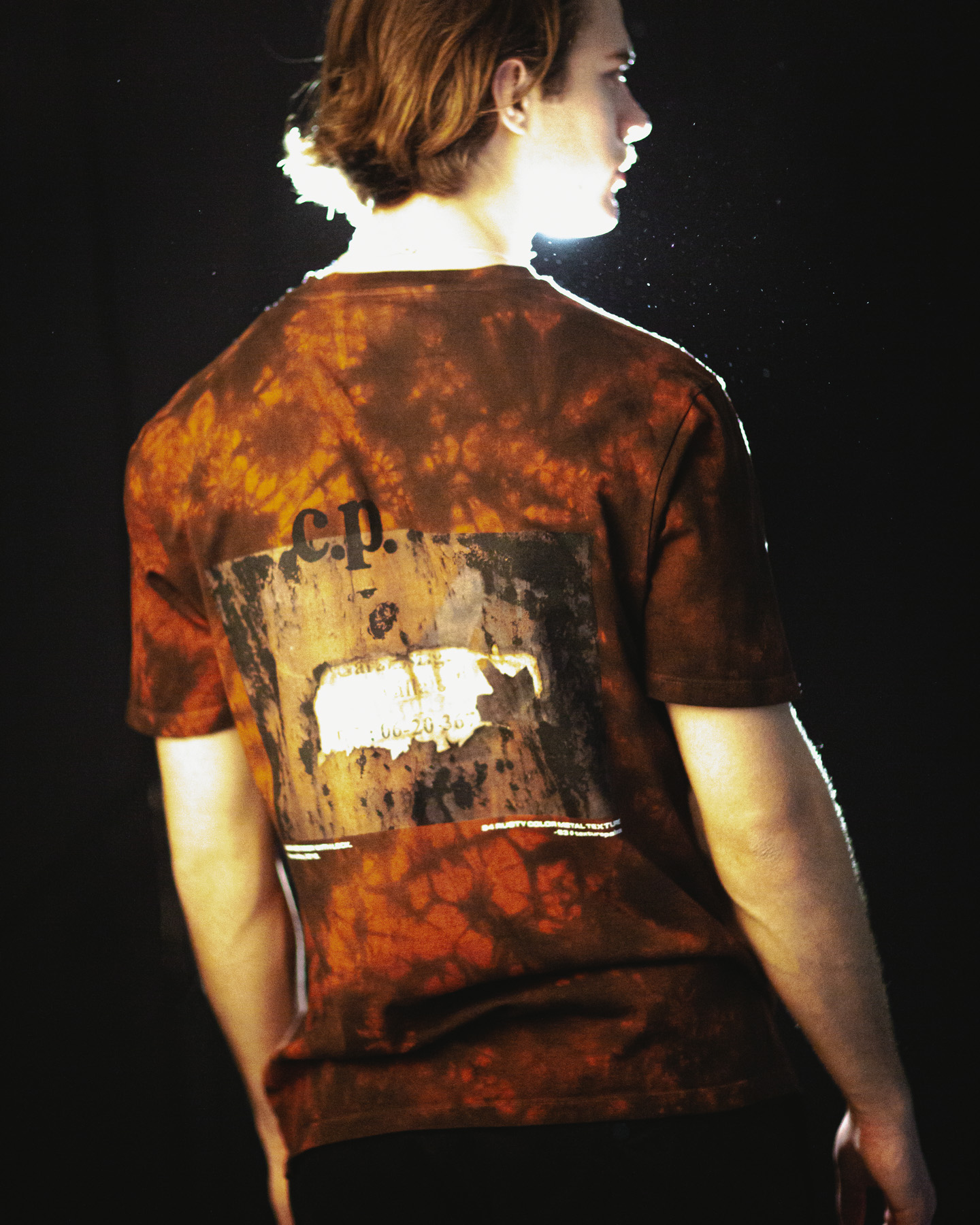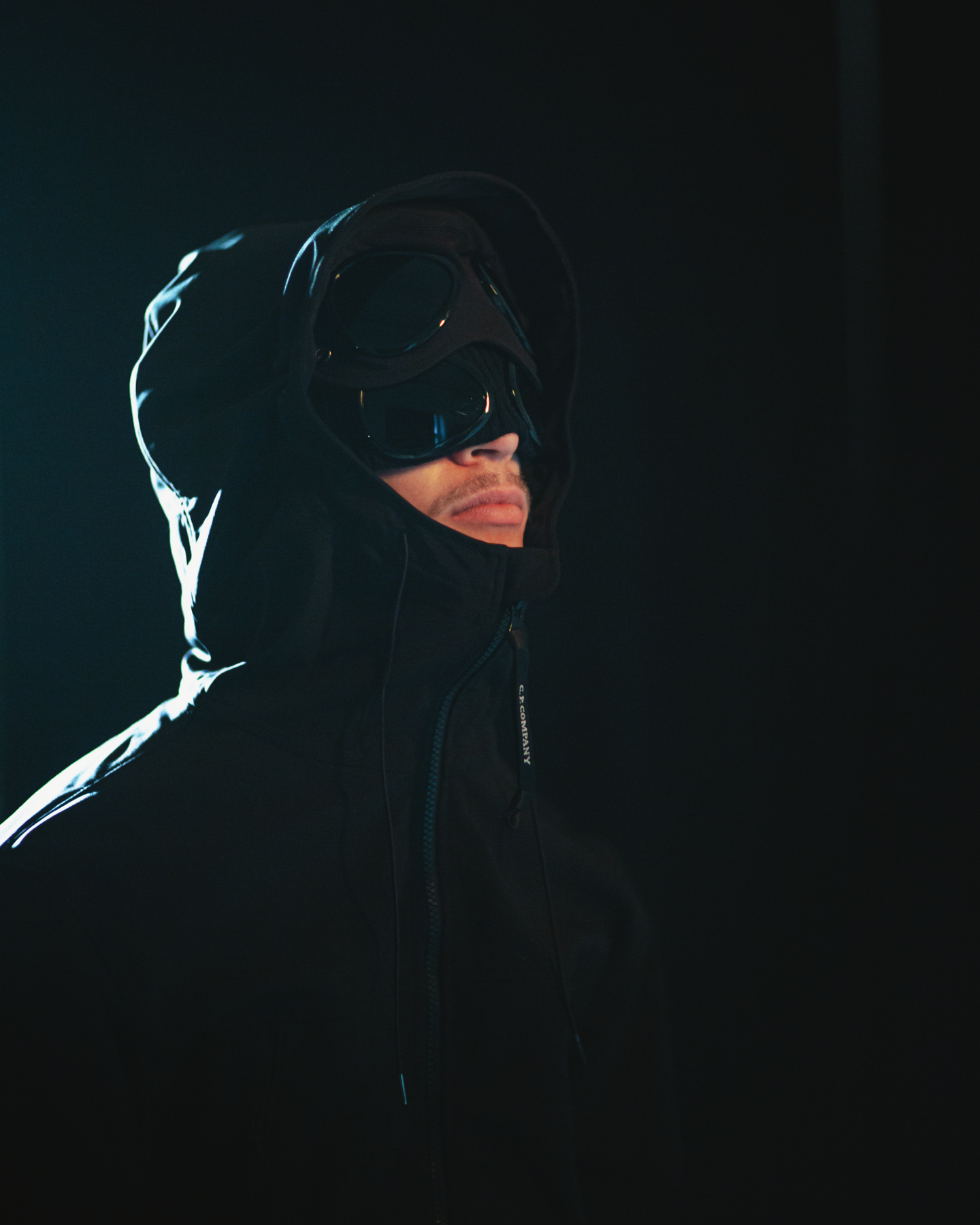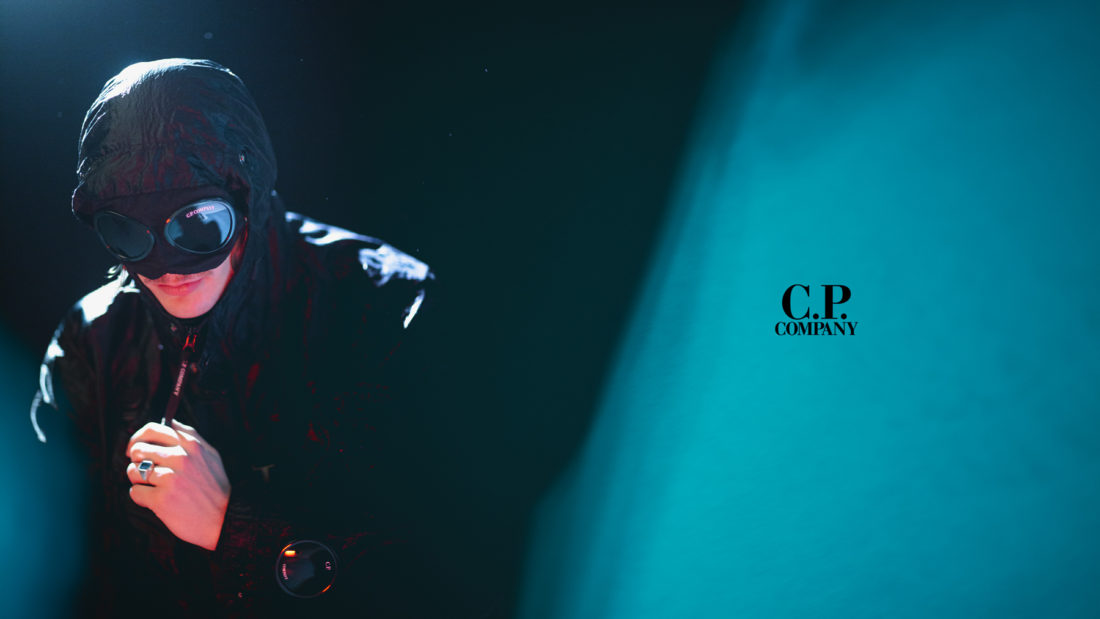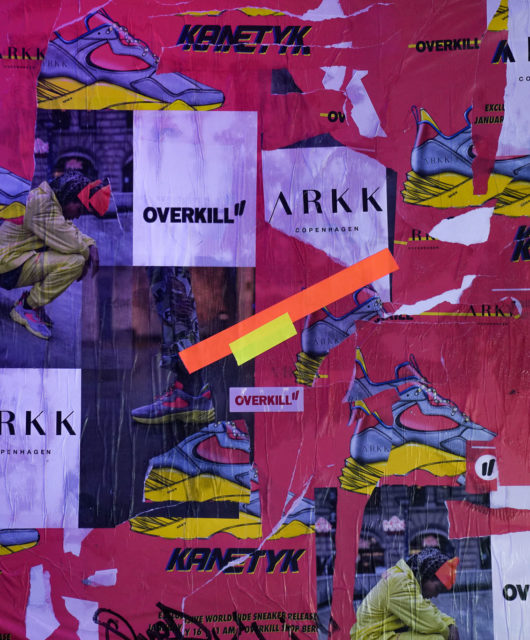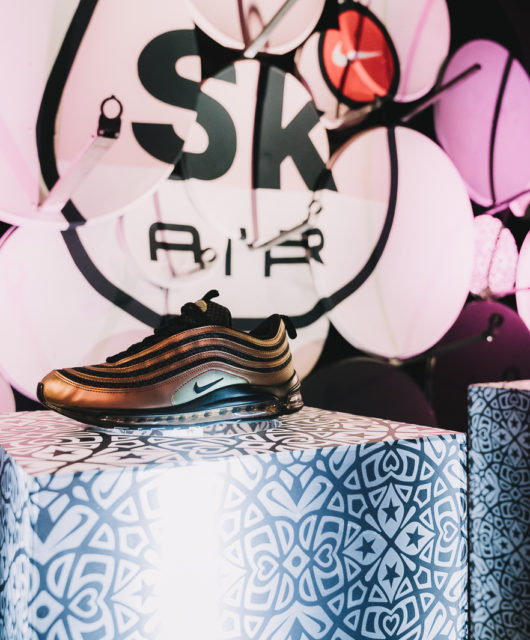We are happy to announce a new brand at Overkill. Massimo Osti has manifested his legendary status in the fashion world and laid the foundation with the creation of his C.P. Company brand. We’ll take you on a journey and share some of the brand’s rich history.

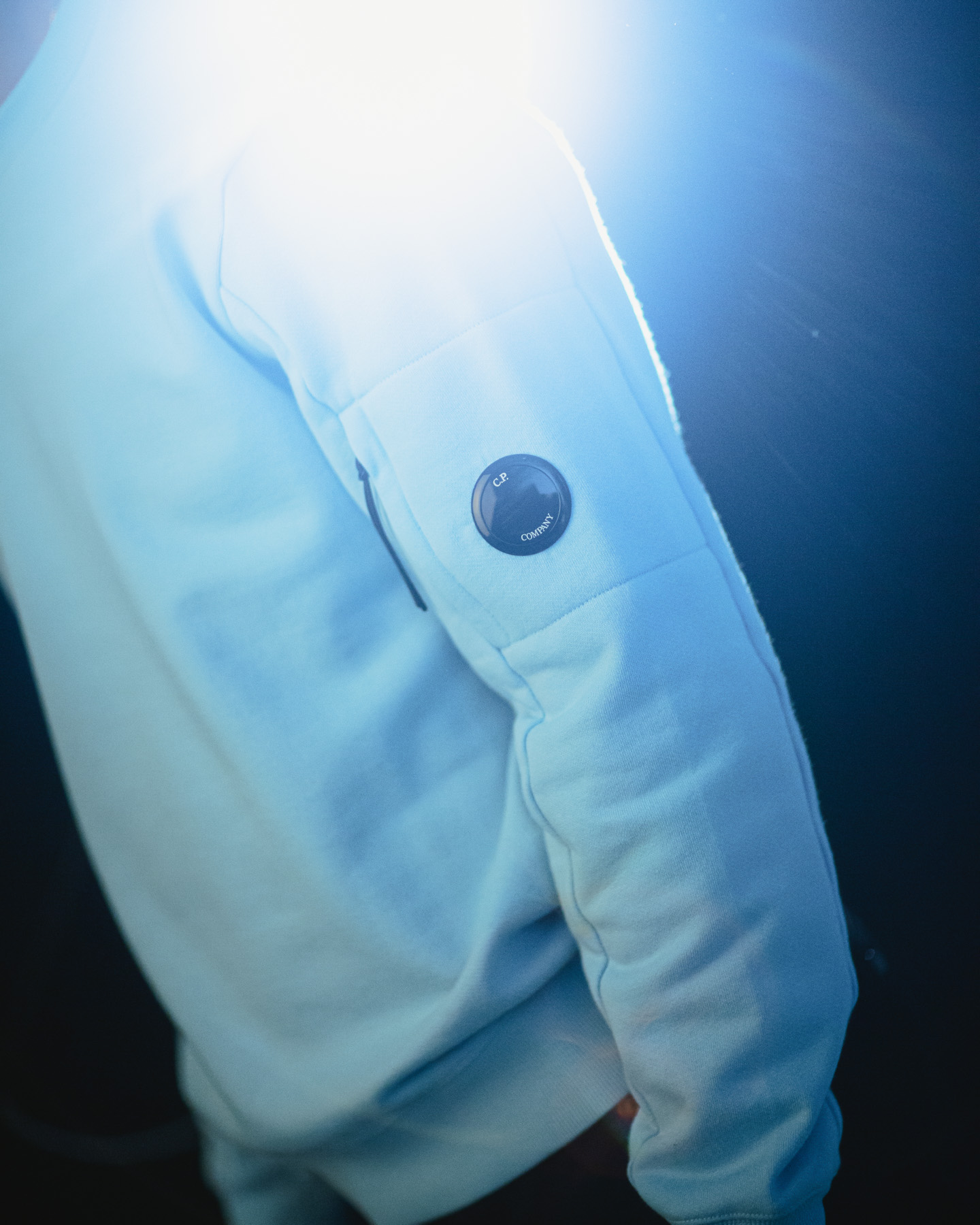
In 1974, advertising graphic designer Massimo Osti founded the Chester Perry company. Already at the end of the 60s, he began to finish various casual clothing with different techniques, before founding his own company in the mid-70s. The name was derived from a comic strip in which the protagonist Bristow works in a factory called Chester Perry. Because of the name’s similarity to Fred Perry and Chester Barrie, a British men’s tailor, the name was changed to C.P. Company in 1978. In the early ’80s, two more fashion lines, Boneville and Stone Island, were added to the brand portfolio.


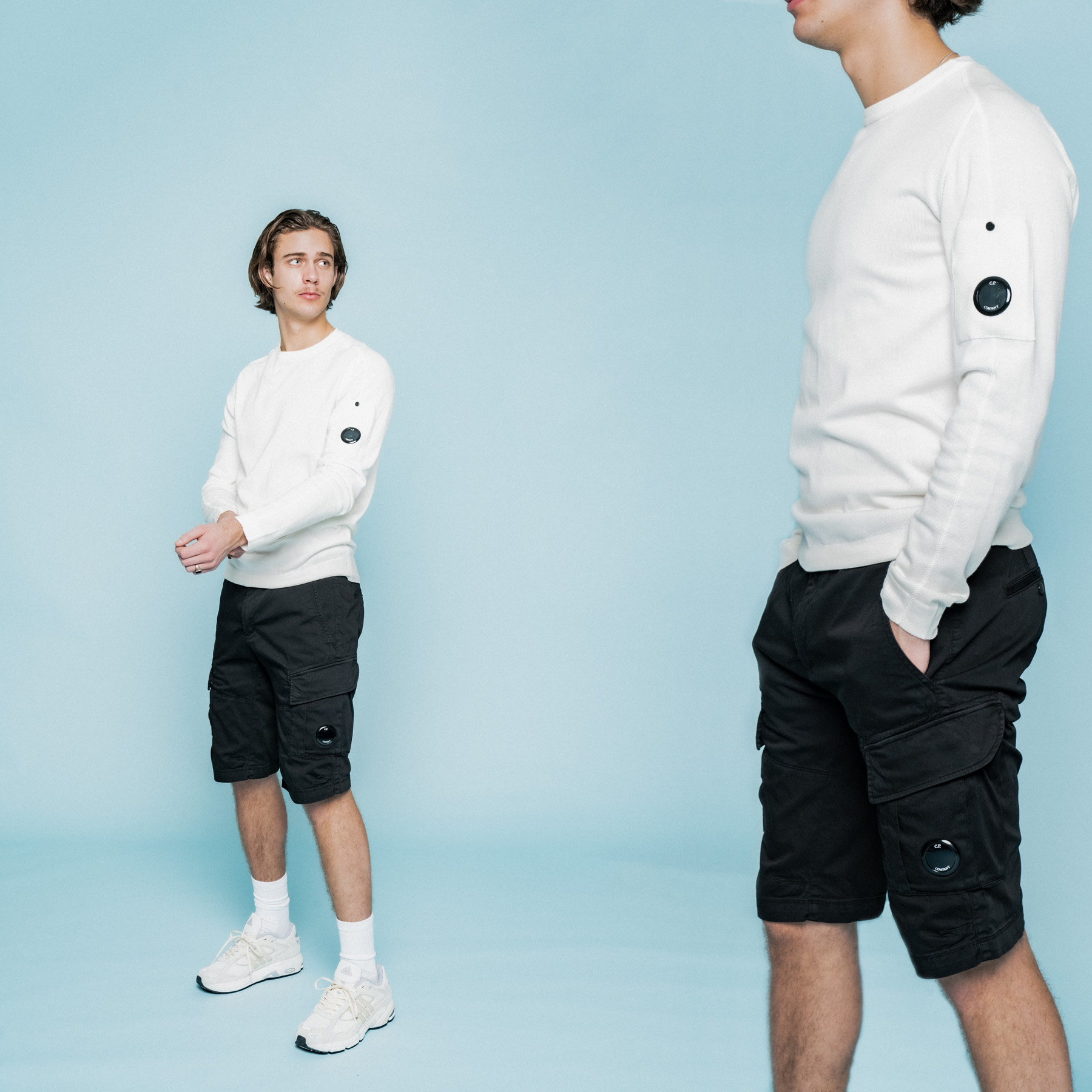

In 1983 Osti sold his shares for the company, but remained the chief designer of all fashion lines. He wanted to focus more on the design of the clothes and leave the business side to others. The design is one important factor for fashionable clothing, another is the material of each piece. Massimo Osti was known for developing unconventional material treatments, experimental dyeing techniques and innovative fabrics. It all started with truck tarpaulins, experiments with canvas and nylon, different stonewash techniques, and the discovery of a reversible two-tone fabric, which he named “Tela Stella”. The new materials he created were far ahead of their time and are protected by countless patents. An ultra-thin rubber layer on cotton, flax to create waterproofness, a color-changing fabric heat-treated with quartz, and steel threads or glass particles in the fabric, to name just a few material innovations by C.P. Company and its designer. Despite the great success of the brand, the introverted Osti preferred to stay in the background. He wanted the functionality, aesthetics and innovation of his creations to be in the foreground and the target group to be more attracted to the products than to the designer behind them. He never saw himself as a fashion designer, more as a product designer, who was influenced by industries that were not his own, such as aerospace or medical technology. Massimo Osti also bring new life into garment dyeing. As early as the beginning of the 1970s, he and his team developed a process in which the garment is dyed only in the final stage of the process, as a finished monochrome piece. The process as such was not a new invention, the perfection and especially the fact that the garments were made of different materials, makes this dyeing technique of C.P. Company something special. It was possible to create a better color intensity and the various materials absorbed the color differently, which led to optical gradations. In addition, the material property of the fabric is improved. The origin of this piece dyeing is quite banal and ingenious at the same time. C.P. Company was thus able to buy plain fabrics, which could be dyed in any shade imaginable, thus saving the purchase of many different colored fabrics. The practice of re-dyeing old faded fabrics was also known to Osti and he also made use of this method, achieving a wrinkled worn-look and thus another visual highlight.

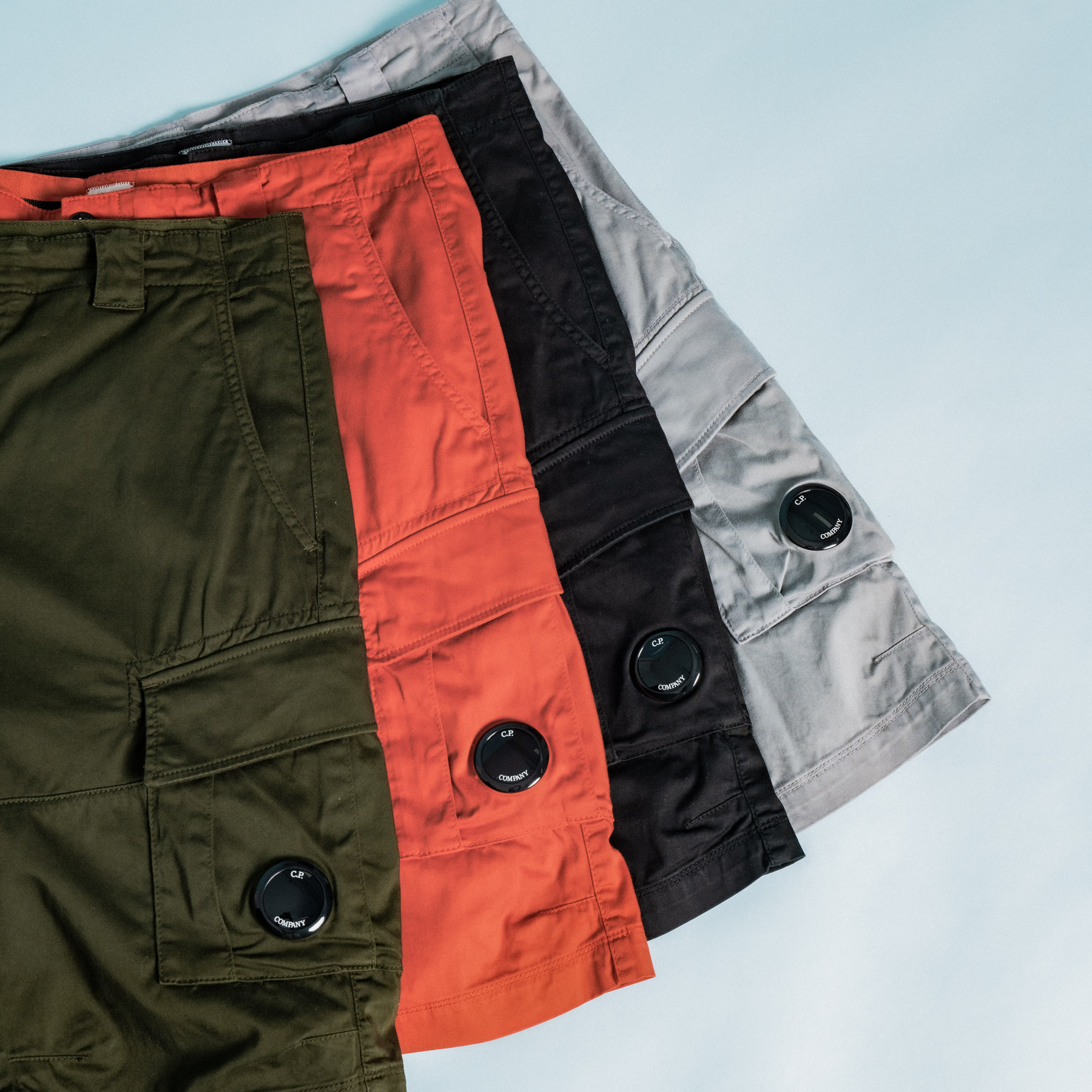
In honor of the legendary “Mille Miglia”, a car race in Italy, he made the “1000 Miglia Goggle Jacket”. In the hood of this jacket were two glasses, which are called goggles, as well as another glass on the wrist, so that the drivers could read the time on their watch. These goggles can still be found in many C.P. Company products today. The origin of this idea, like many other apparel design elements, lies in military clothes.
Check the latest collection of C.P. Company here in our online shop.
